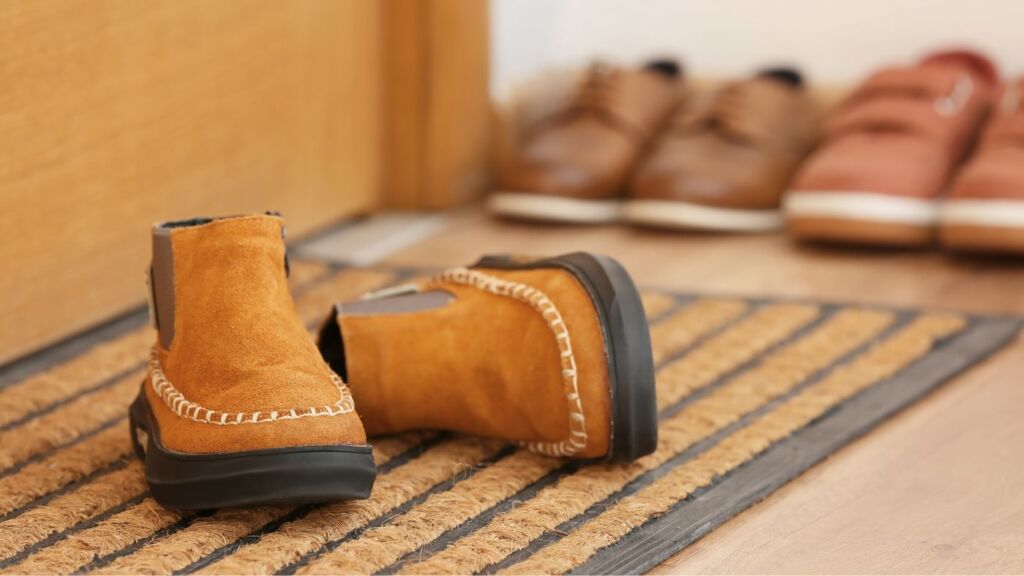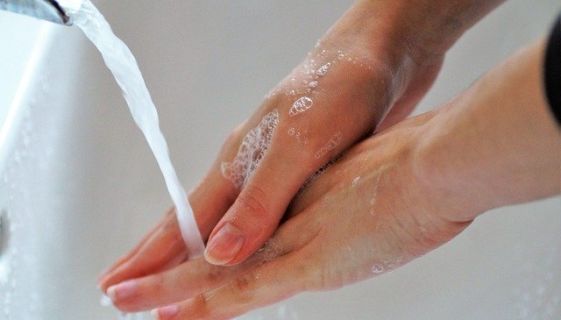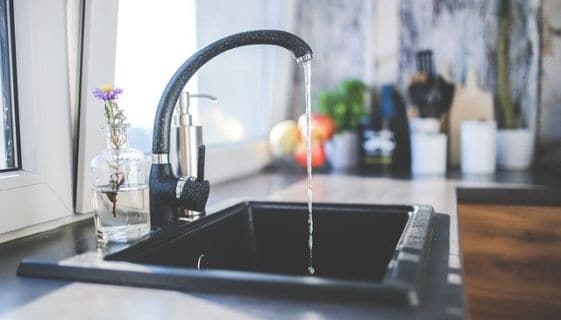Should you remove your shoes before entering your home?
Let’s not bury the lede: Research has found that approximately 60% of indoor dust – often containing heavy metals and other pollutants – comes into the home from outside.
In addition to heavy metals, another study found that shoes frequently transport unwanted stowaways that have a serious ick factor: coliform and E. coli bacteria, both of which (sorry to say) indicate exposure to fecal matter.
Besides all the different kinds of poop that can be on shoes (from dogs, birds, mice, squirrels, etc.), anything that ends up on the ground can come into your home by hitching a ride on your footwear. Airborne pollution and microplastics land on the ground and can stick to your shoes. Pesticides from lawns or farms get blown around and eventually… land on the ground. So do other contaminants like lead and other metals. Heck, it even rains toxic PFAS (per and polyfluoroalkyl substances) chemicals in France!
Other forms of airborne pollution we don’t often consider are micro tire bits and brake dust . These also become airborne, only to land where you’re walking. After all, when your tires wear out and you need a new set, or your brakes or even shoes wear out, where do you think the worn bits go? It all turns to dust, becomes airborne, and can enter your lungs when you breathe or adhere to your shoes as you walk.
Pollutants that come into the home via your shoes won’t necessarily stay on the floor or rug. That’s not how dust works. As you schlep around your home, you are putting the dust back into the air only for you to potentially breathe it. These smaller-than-the-eye-can-see dust particulates are associated with cancer. That’s why it’s important to not bring them in in the first place.
In the end, based on the science and considering the Precautionary Principle (meaning, “better safe than sorry”), it is advised that you take off your shoes before entering your home. And there’s no harm in wiping Fido’s paws off either.
Besides taking off your shoes, here are some additional tips for reducing your exposure:
! – Wash your hands frequently (with plain, non-toxic soap!)
2 – Clean more often with simple, non-toxic products. (For more on this, see our eBook, Clean Cleaning: Nontoxic Ways to Tidy Up.)
3 – Use a wet mop or wet cloth for cleaning or dusting.
4 – Use a HEPA filter in your vacuum.
5 – Wash or shake rugs (outside) frequently.
(For a more in-depth look at keeping your indoor air clean, see our blog on Tips for improving your indoor air quality in winter.)
My advice? Plunk a pair of comfy slippers by the front door. When you arrive home and slip into your soft shoes, try cueing your brain to shed the day’s cares too. You’ll breeze in to cleaner air with a lighter heart!
LEARN MORE: See all of our webinars, eBooks, blog posts and more on how to create a healthy, nontoxic home



 Deborah deMoulpied
Deborah deMoulpied 

